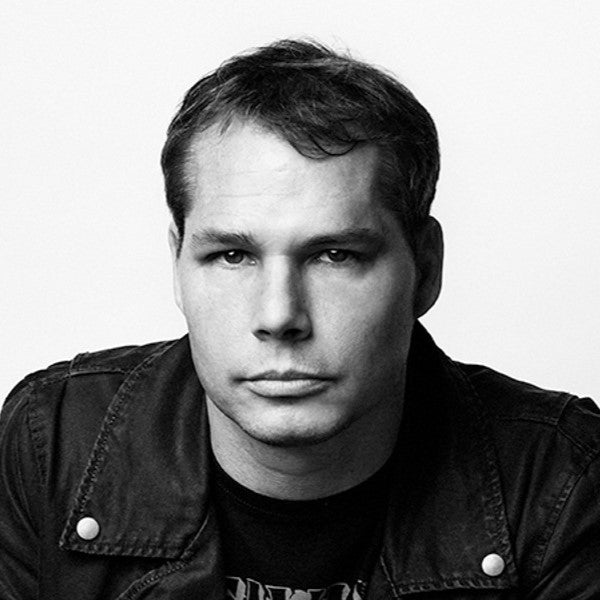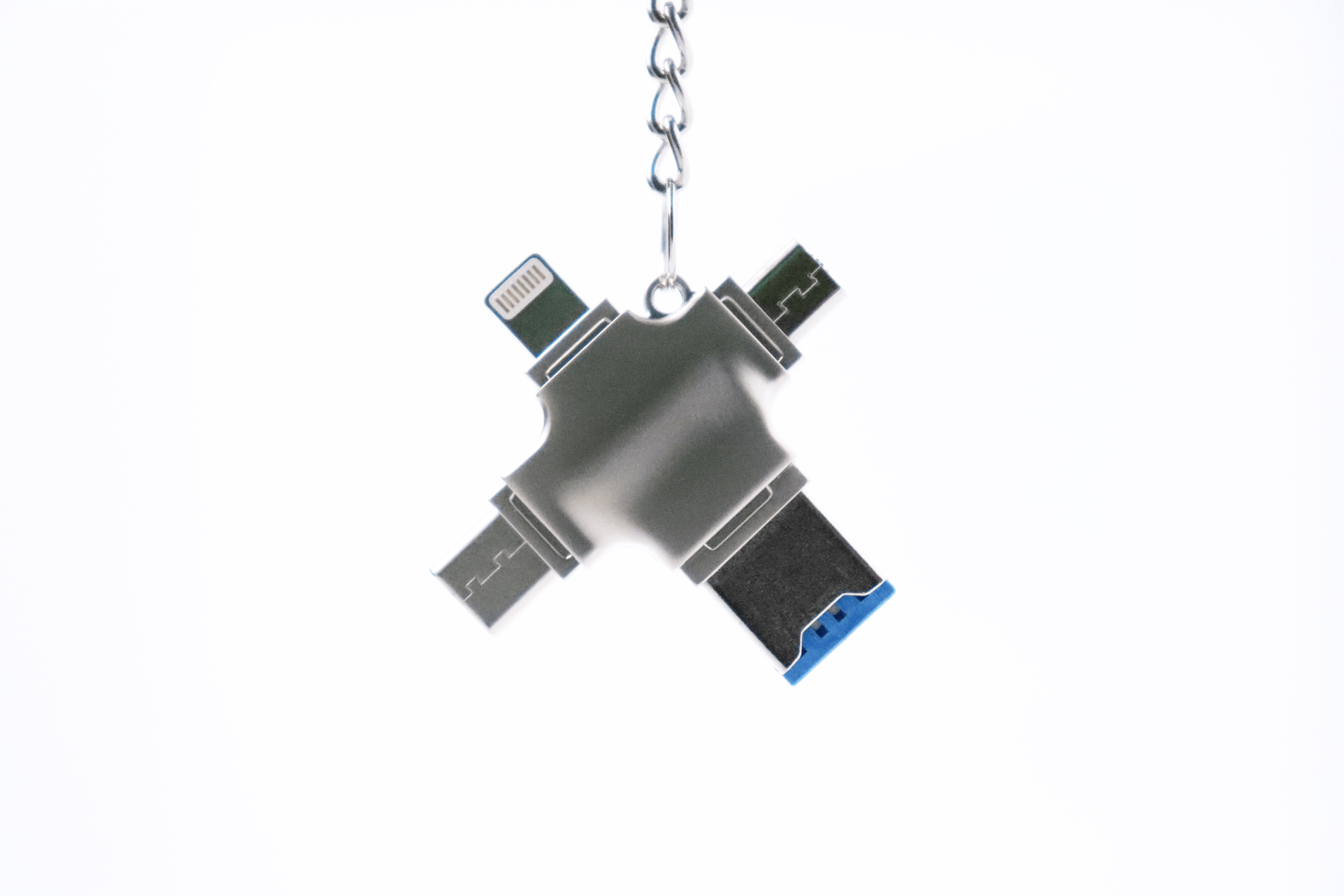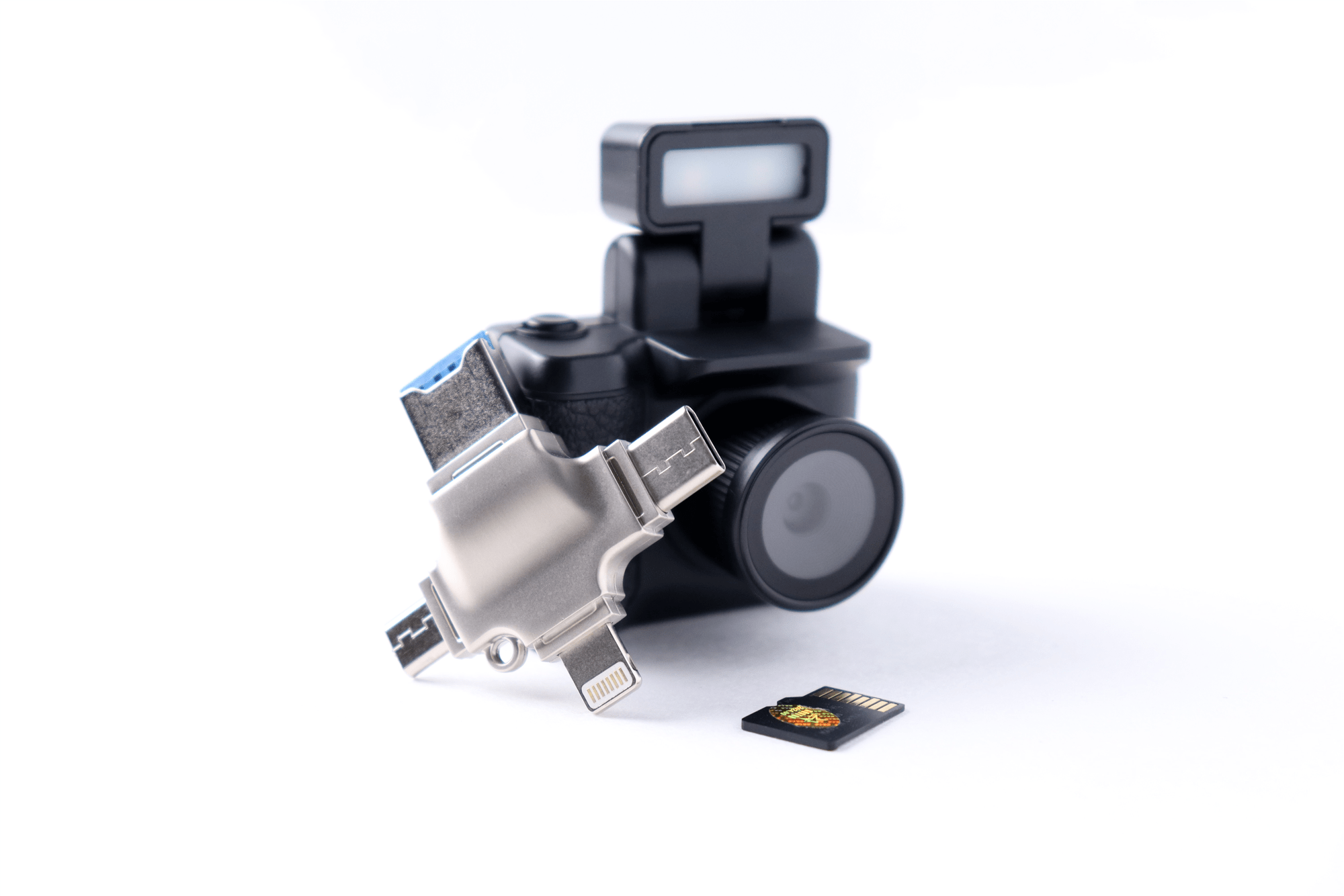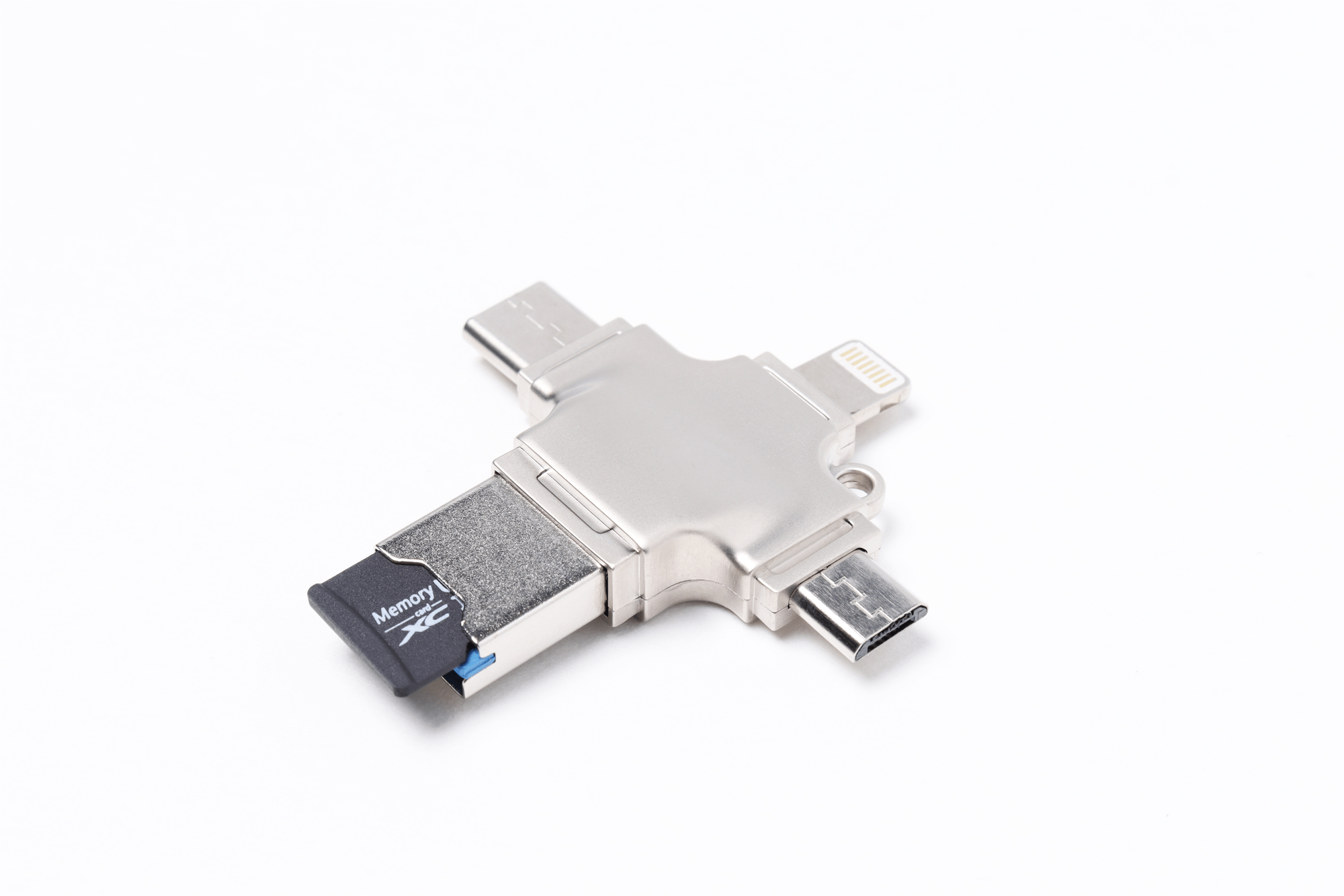Introduction
Helmut Lang, a pioneer in modern fashion, made an indelible mark on the industry with his minimalist approach. Known for his clean lines, stripped-back designs, and forward-thinking style, Lang reshaped the 90s aesthetic, bringing sophistication and simplicity into the spotlight. Here’s how this visionary transformed the way we think about fashion and left an iconic legacy that resonates with today’s generation.
The Beginnings of a Fashion Icon
Helmut Lang was born in Austria in 1956, far from the fashion capitals of Paris and New York. But even as a young boy, he had an eye for artistry and simplicity, often creating clothes from scratch when he couldn’t find what he wanted. Lang’s journey to becoming a global fashion icon wasn’t straightforward; he started as a self-taught designer, using his surroundings as inspiration. By the 1980s, he had opened his own boutique in Vienna, capturing attention with designs that embodied quiet elegance and minimalist allure. This boutique would mark the beginning of Lang’s influence, one that would soon transform fashion on a global scale.


The Rise of Minimalism: Redefining Fashion in the 90s
As Lang’s designs began gaining international attention, his aesthetic evolved into something revolutionary: minimalism. While the fashion world was accustomed to excess, Lang introduced a fresh, pared-down approach, challenging the industry with pieces that were both functional and luxurious. He became famous for neutral colors, sleek lines, and refined silhouettes—styles that remain popular today. In the 90s, Lang’s influence skyrocketed, with celebrities, models, and fashion lovers embracing his designs as the ultimate expression of understated sophistication.

Lang was also one of the first designers to use industrial materials like rubber, metallics, and high-tech fabrics in high fashion. This innovative approach added a sense of edginess to his designs, making them feel both timeless and futuristic. His vision made a lasting impact on the industry, setting the stage for a new wave of minimalism that resonates with today’s fashion lovers.
A Fashion House That Thrived Online
In an era before social media, Lang took another bold step: he became the first designer to broadcast his runway shows online, making his collection accessible to audiences everywhere. This decision not only set a precedent for digital fashion but also brought a new sense of inclusivity to the industry. Lang’s move to present fashion in an accessible way was one of many “firsts” that defined his career and cemented his reputation as an innovator.
Helmut Lang continued to push boundaries by leaving his own fashion house in 2005 to focus on contemporary art, a shift that surprised the fashion world. While fans were sad to see him go, Lang’s decision highlighted his fearless approach to life, prioritizing creativity over convention.
Reinventing Self-Expression
Lang’s transition from fashion to art marked an exciting new chapter in his creative journey. He began exploring sculpture and installation, using materials such as shredded textiles from his former collections in his artwork. This move was not only personal but also symbolic, as he repurposed elements of his fashion career into stunning, textured art pieces. In doing so, Lang found a new way to tell stories and express himself, all while staying true to his minimalist roots.

Today, Helmut Lang’s artwork is displayed in galleries across the world, representing his ability to transform his creative energy into new forms. His art is powerful yet restrained, echoing the same elegance and thoughtfulness that defined his fashion.

The Details That Add Depth
Though Lang is best known for his sleek, serious designs, there’s a lighter side to him that many don’t see. For instance, he’s known to be incredibly private, choosing to let his art speak for him. He’s also a huge fan of animals, often incorporating textures and natural materials inspired by wildlife into his work. Another fun fact? Lang has a passion for minimalist architecture, living in homes that reflect the same pared-back elegance he brought to fashion.

Why Helmut Lang’s Style Still Inspires
Helmut Lang’s influence goes beyond just fashion; he left a blueprint for how we can live more thoughtfully, valuing quality over quantity, simplicity over excess. His style reminds us to appreciate the beauty in simplicity, to embrace innovation, and to find freedom in restraint. For those who crave a timeless aesthetic with a rebellious twist, Lang’s work is a masterclass in minimalism.
Lang’s journey from fashion to art is a reminder that reinvention is not only possible but also necessary for growth. He inspires us to remain open to change, to be fearless in our creativity, and to pursue our passions without limitations.

The Timeless Allure of Helmut Lang
Helmut Lang’s career is a testament to the power of quiet confidence. He didn’t need loud patterns or flashy colors to make a statement; he spoke through thoughtful design and quality. Lang’s legacy is a gift to anyone who believes in the beauty of simplicity and the importance of living authentically. As we continue to look to the past for inspiration, Lang’s work remains as fresh and relevant as ever. His minimalist philosophy transcends trends, resonating with those who find elegance in restraint, and proving that true style is, indeed, timeless.
____________
This article is part of our Innovator Spotlight series, dedicated to highlighting the biggest influences in artistic creation. Meet the other architects who helped shaped the childhoods of the 80s, 90s, and Y2K beyond:




















